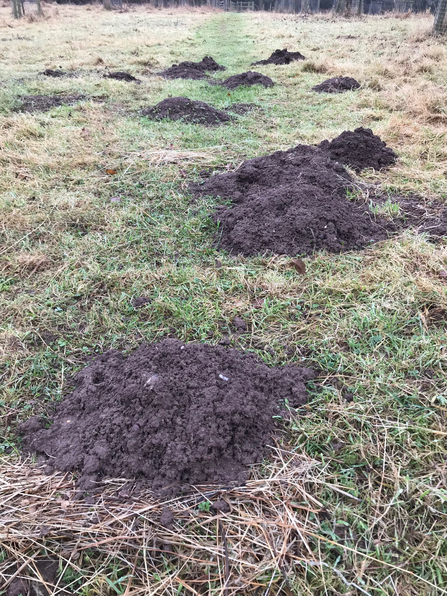If you're a fan of the numerous build-your-own-home reality TV shows, then moles are just another grand designer. When they make their move into a new territory, they create their own pad, complete with corridors (tunnels), bedrooms (chambers) and kitchens (well, a larder). A new mole home, however, usually brings these velvety mammals into conflict with their human neighbours.
We've become a tidy bunch of folk haven't we? We like seeing neat fences or stripes on our lawns; we're really not keen on things that disrupt these clean lines. If we can loosen our ideas, though, we'll be able to let nature back in and we'll all be better off for it. Take a moment to consider that 'unsightly' molehill that's just appeared in your lawn. Yes, it might cause an issue for the mower but just think about the nutrient-rich earth that the mole is gifting to you. Instead of bemoaning the mole, grab a trowel or shovel and scatter the soil onto your flower beds. Moles only live where there is plenty to eat and plenty of worms means healthy soil. Apart from the occasional renovation, once the mole has settled into its new home, the mounds will stop appearing.





